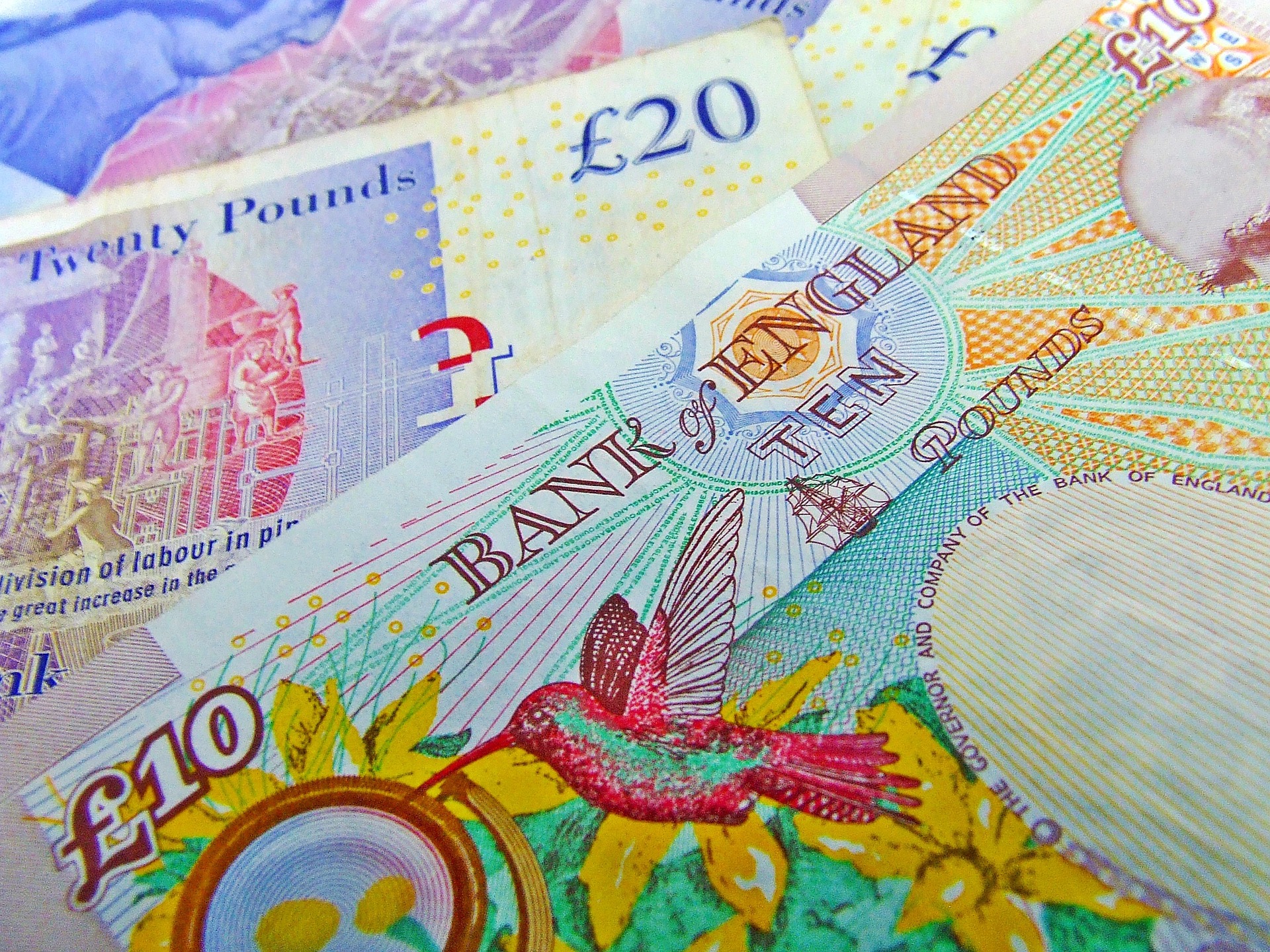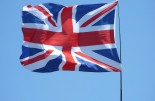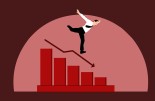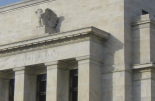Swissquote: British inflation unexpectedly falls!

Freshly out of the oven this morning, the British inflation unexpectedly eased from 6.8% to 6.7% in August, core inflation fell from 6.9% to 6.2%. The surprise fall in UK inflation triggered a kneejerk selloff in sterling, as today’s data cements the expectation that the Bank of England’s (BoE) next rate hike could also be its last.
Later today, the Federal Reserve (Fed) will announce its latest policy decision and reveal revised growth and inflation forecasts.
The Fed is broadly expected to keep the interest rates unchanged; the policymakers will likely sound satisfied with the progress on inflation, and they could revise their growth forecasts significantly higher. Strong growth forecast could trigger a fresh wave of hawkish trades across stock, bond, and currency markets.
But the latest projections should be taken with a pinch of salt, given that the Fed has been utterly wrong about its projections both for inflation, unemployment, and growth. It said inflation would be transitory, it was not. It said growth will slow, it did not. It said the labour market should weaken, the US labour market remains – magically – strong, Americans continue spending, and growth is resilient.
So maybe - they think - it’s time to revise that forecast. But if they did that, they will be wrong once again, because underneath the shiny picture, the US savings are melting, the credit card delinquencies are rising, student debt repayments will start in October – that should put some pressure on spending, hence on growth, then the Detroit strikes threaten to further destabilize growth.
Even though we don’t talk much about the banks, net share of banks that said to have tightened standards for commercial and industrial loans rose to the toughest levels since the 2008 GFC, if we don’t count the pandemic times, and the current levels are said to be consistent with recession. The 2-10-year portion of the US yield curve remains heavily inverted.
The same is true for the 3-month to 10-year portion of the US yield curve. These inversions cry recession, as they have been good at predicting recessions in the past. And the OECD now forecasts that the world economy will grow 2.7% next year – at the slowest pace since Covid – due to Chinese worries, but also corporations that should pick a side in a world that has been torn apart by the war in Ukraine. And the US cannot do well just by itself.
All this to say that even if the Fed revises its growth forecast higher today, they may not even achieve a soft landing as they pretend that they will. Worse, they may not even achieve their inflation goal, because unfortunately, energy prices have a great influence on overall inflation.
The dot plot will likely show a median expectation of one more rate hike before this year ends, and a higher median rate throughout next year. And that’s enough to bring the Fed hawks back to the market. If that’s the case, we shall see the US dollar index strengthen further.
Watch the 105.40 level, the major 38.2% Fibonacci retracement on the dollar’s meltdown since September last year. A move above that level could mark the end of the US dollar’s bearish trend and open the door of a medium-term bullish consolidation zone.










